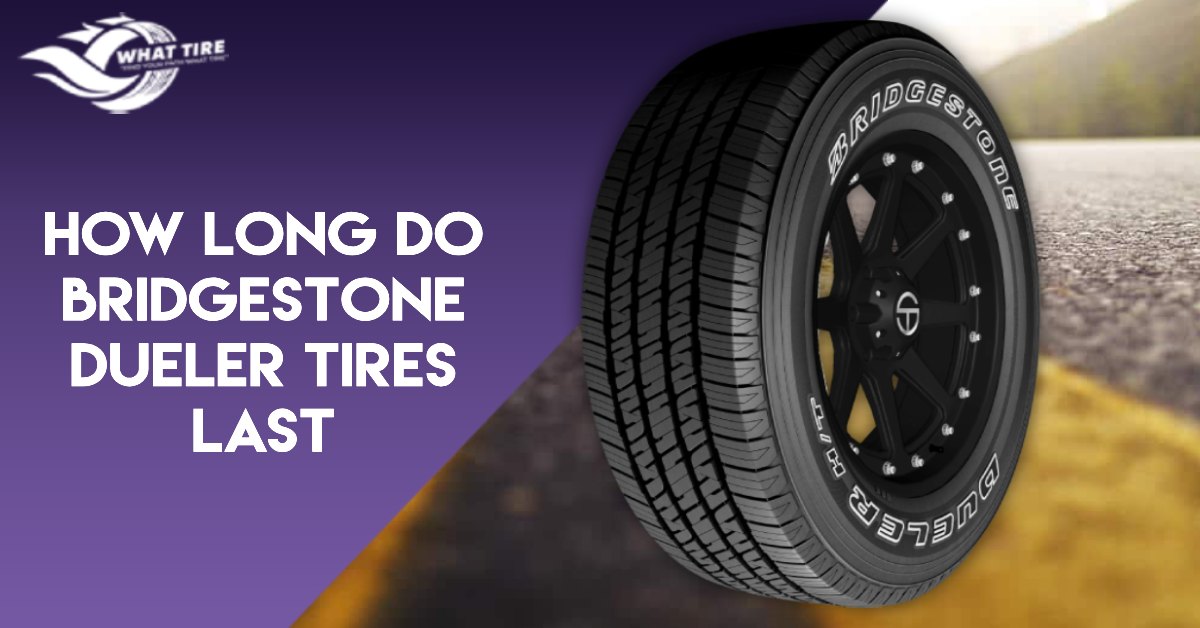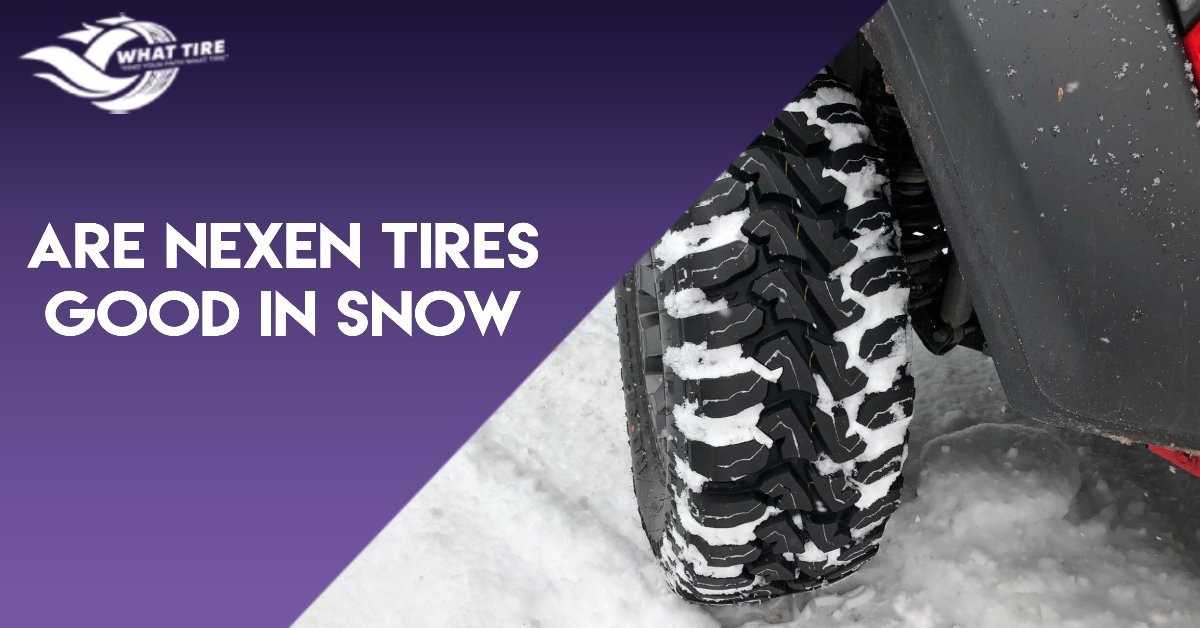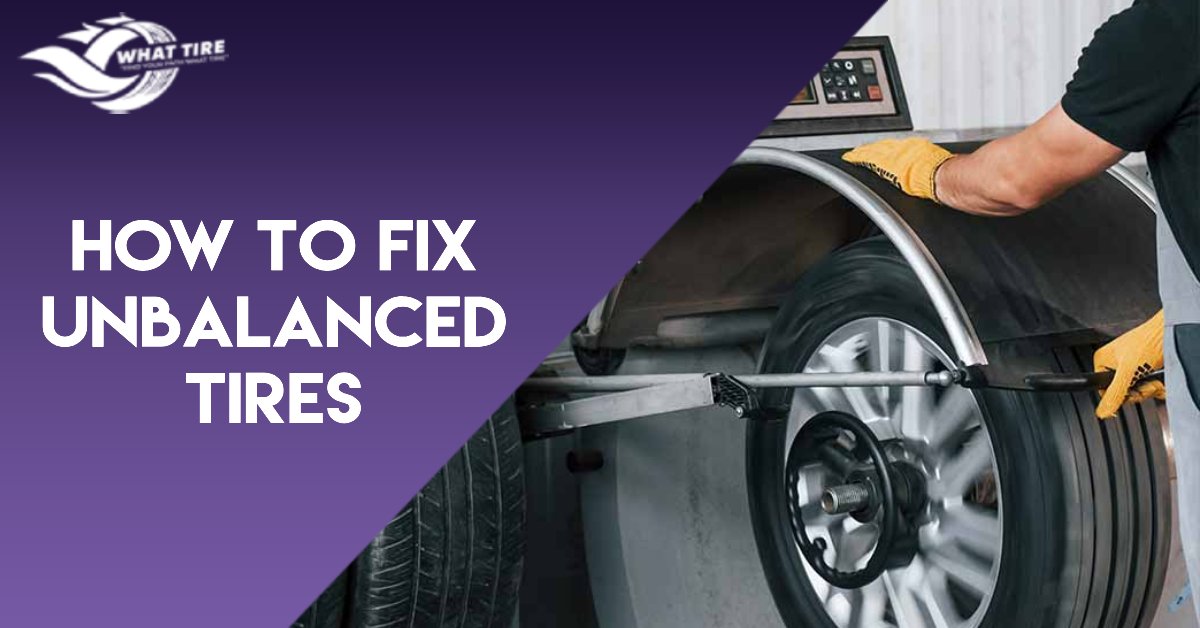Unbalanced tires can lead to uncomfortable vibrations, uneven tire wear, and reduced handling. Fortunately, fixing unbalanced tires is a relatively straightforward process that can greatly improve your driving experience and prolong the life of your tires. This guide will walk you through the steps on how to fix unbalanced tires, identify unbalanced tires, and diagnose unbalanced tires to ensure a smoother and safer ride.
Table of Contents
ToggleHow to Fix Unbalanced Tires: Step-by-Step Guide
First thing first, if you don’t know about tire mounting and balancing, read it here. Coming back to the point, here is a 12-step tire balancing process to balance your tires at home.
If you’re looking for a visual guide on how to fix unbalanced tires, check out this helpful video:
1. Gather the Necessary Tools
Before you begin, make sure you have all the required tools and equipment ready. You’ll need a tire balancing machine, wheel weights, a valve stem tool, a lug wrench, a floor jack, and jack stands.
2. Lift the Vehicle
Safely lift the vehicle off the ground using a floor jack and secure it with jack stands. Ensure that the vehicle is stable and won’t shift during the balancing process.
3. Remove the Tires
Use the lug wrench to carefully remove each wheel from the vehicle. Place the wheels aside, ensuring they are not in contact with each other or the ground.
4. Inspect Tires and Wheels
Take a close look at each tire and wheel for any visible damage, bulges, or irregular tread wear. Identifying any potential issues beforehand will help you address them during the balancing process.
5. Identify the Imbalanced Tire
If you haven’t already identified the imbalanced tire, use a tire balancing machine to pinpoint the problematic one. This machine will measure the imbalance and indicate which tire needs adjustment.
6. Clean the Wheels
Thoroughly clean the wheels to remove any dirt, debris, or rust that could interfere with the balancing process. Clean both the inner and outer surfaces of the wheels.
7. Add Wheel Weights

Attach the appropriate wheel weights to the inner and outer rims of the imbalanced tire. The tire balancing machine will guide you on the specific weight and placement needed to achieve balance.
8. Install the Tires
Carefully place the balanced tire back onto the wheel hub and hand-tighten the lug nuts. Make sure the tire is centered on the hub properly.
9. Lower the Vehicle
Gently lower the vehicle to the ground using the floor jack and remove the jack stands. Once the vehicle is back on the ground, tighten the lug nuts in a criss-cross pattern with the lug wrench.
10. Torque the Lug Nuts
Use a torque wrench to tighten the lug nuts to the manufacturer’s recommended torque specification. This ensures that the wheels are securely fastened to the vehicle.
11. Repeat the Process
If multiple tires were identified as unbalanced, repeat the steps above for each tire until all are balanced. Take your time to ensure each tire is properly balanced for a smooth ride.
12. Test Drive
Take the vehicle for a test drive to evaluate the results. Pay attention to any steering wheel vibrations or pulling issues that were present before the balancing process. A properly balanced tire should provide a smoother and more stable driving experience.
But before doing a test drive, make sure that your tires have optimal tire pressure according to their max PSI level.
By following these detailed steps, you can effectively balance unbalanced tires and ensure optimal performance, safety, and longevity of your tires and vehicle.
If you are unsure about performing the balancing process yourself, it is recommended to seek assistance from a professional mechanic or tire shop to ensure the job is done correctly and safely.
When Should You Seek Professional Help?
Even after performing all the aforementioned steps, if you are still having any of the problems mentioned below, it’s time to seek professional help.
- Persistent vibrations even after DIY balancing attempts.
- Unusual tire wear patterns on multiple tires.
- Difficulty in achieving proper balance with DIY methods.
- When multiple tires show signs of imbalance simultaneously.
- Experiencing steering or handling issues while driving.
Conclusion
Balancing your tires is crucial for a smooth and safe driving experience. Follow the step-by-step guide or seek professional help to maintain optimal tire balance and prolong tire lifespan. Regular inspections and addressing balance issues ensure an enjoyable and safer journey on the road. I hope this article answered your question on how to fix unbalanced tires.
FAQ’s
Signs of unbalanced tires include vibrations in the steering wheel or vehicle, uneven tire wear, and reduced fuel efficiency.
Balancing tires typically requires specialized equipment so it’s recommended to have a professional mechanic or tire shop address the issue.
It’s a good practice to have your tires checked and balanced whenever you notice symptoms of imbalance or during regular tire rotations, which are typically performed every 6,000 to 8,000 miles.
Tire imbalance is often caused by uneven tire wear, damaged or bent wheels, or the accumulation of dirt and debris on the wheel or tire.
Yes, unbalanced tires can cause premature tire wear, decrease fuel efficiency, and potentially lead to suspension and steering component damage if left unaddressed.
The cost of balancing tires can vary depending on your location and the type of vehicle, but it typically ranges from $20 to $50 per tire. It’s essential to balance all four tires for optimal results







